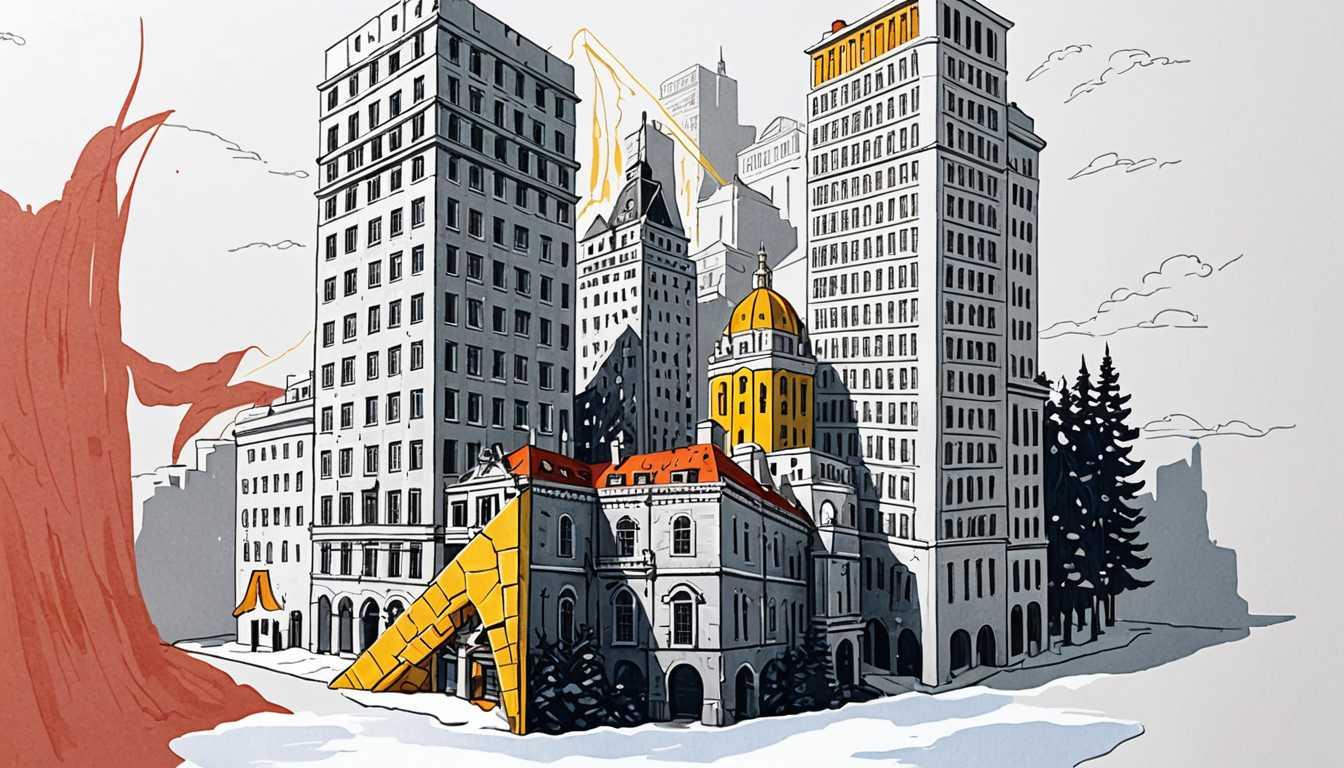Tech Tangles and Human Touchpoints
October 2023
MIT Technology Review
Introduction
Dive into the heart of New York City where Jessica Ramgoolam, armed with her laptop and a mountain of flyers, becomes a beacon of hope at the New Amsterdam Library, guiding uninsured New Yorkers through the labyrinth of health care enrollment. This MIT Technology Review article unveils the stark reality: government technology can be a nightmare, but amidst the chaos, human touchpoints like Ramgoolam shine brightly. As technology tries to bridge the gap between policy and people, the journey reveals more questions than answers. Can technology truly simplify government interaction without leaving anyone behind? Explore this engaging tale of tech, policy, and the power of personal assistance.
READ FULL ARTICLEWhy It Matters
Discover how this topic shapes your world and future
Unraveling the Digital Knot
Imagine a world where every time you needed something from the government—be it health care, education benefits, or even just information on trash collection—you could easily find it and use it online, just like your favorite social media app. Sounds pretty great, right? But here's the catch: government technology often feels like it's stuck in the dark ages, making what should be simple tasks frustratingly complex. This matters because technology has the power to make government services more accessible to everyone, including you and your family. It's about more than just convenience; it's about making sure everyone has equal access to important services, improving trust in government, and strengthening democracy. And as technology evolves, so does the opportunity to explore how it can transform the way we interact with government, making it a topic ripe with possibilities for you to dive into, question, and maybe even innovate solutions for in the future.
Speak like a Scholar
Digital Transformation
This is the process of using digital technologies to create new — or modify existing — government processes, culture, and customer experiences to meet changing business and market requirements. Think of it as giving a government service a tech makeover to make it more efficient and user-friendly.
Civic Technology
This term refers to technology that enables greater participation in government or otherwise assists government in delivering citizen services and strengthening ties with the public. It's like social media, but for improving public good and government interaction.
Policy Implementation
This is the stage where plans and decisions made by governmental bodies are put into action. It's like when a teacher plans a lesson; policy implementation is actually teaching the lesson to the class.
Legacy Technology
These are outdated computing software or systems that are still in use, even though newer technologies are available. Imagine still using a flip phone when smartphones are available — that's legacy technology in a nutshell.
User Interface (UI)
This is the means by which the user and a computer system interact, particularly the use of input devices and software. It's the design of all the screens you navigate through on a website or app.
Bureaucratic Red Tape
This term refers to excessive regulation or rigid conformity to formal rules that is considered redundant or bureaucratic and hinders or prevents action or decision-making. It's like when you have to fill out ten forms just to join a new club at school.
Independent Research Ideas
The Role of Human Interaction in Digital Government Services
Investigate how personal, one-on-one assistance (like the story of Ramgoolam helping people with healthcare enrollment) plays a crucial role in the effectiveness of digital government services. This topic explores the balance between high-tech solutions and the irreplaceable value of human touch.
Comparative Study of Digital Government Platforms Across Countries
Explore how different countries have implemented digital government platforms and the impact on citizen satisfaction and engagement. This could involve looking at Estonia's e-residency program or Singapore's Smart Nation initiative, comparing them to efforts in the U.S.
The Impact of Legacy Technology on Government Efficiency
Dive into how outdated technologies affect the ability of governments to serve their citizens efficiently and the challenges involved in updating these systems. This could involve case studies of successful overhauls or analysis of why certain attempts failed.
Designing User-Friendly Government Websites
Examine the principles of good user interface (UI) design and how they can be applied to make government websites more accessible and easier to use for people of all ages and backgrounds. This project could involve creating a prototype of an improved government service website.
Privacy Concerns with Government Use of Technology
Investigate the balance between the use of technology to improve government services and the need to protect citizens' privacy. This could include case studies of privacy breaches or analysis of laws and regulations governing data use by governments.
Related Articles

Smoke & Mirrors: Tobacco's Grip on Government
May 2023
The Conversation

NHS Trust Decline: GP Access Impact
July 2024
King's College London - News

Revolutionizing Government Tech
October 2023
MIT Technology Review

Cheers to Healthier Choices: A Study
March 2024
University of Bristol

Gambling Ads: A Premier League Problem
October 2024
U of Bristol Research news